Gina Amama from A Whitespace Create Agency in Lagos, Nigeria, picks out what caught her eye in 2018 – including Michael Oliver Love’s “mind-blowing” editorial for Africa is Now magazine
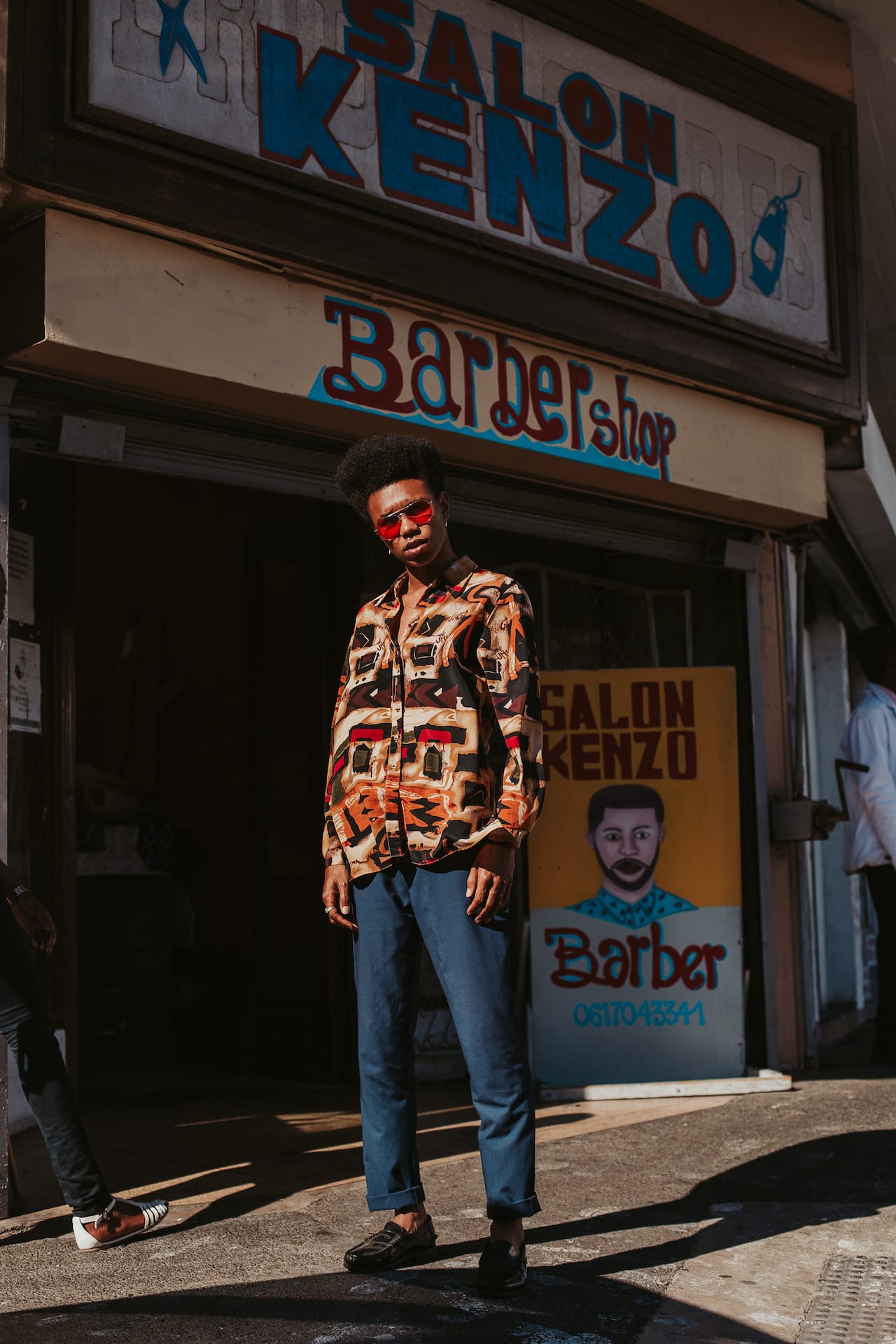

Gina Amama from A Whitespace Create Agency in Lagos, Nigeria, picks out what caught her eye in 2018 – including Michael Oliver Love’s “mind-blowing” editorial for Africa is Now magazine
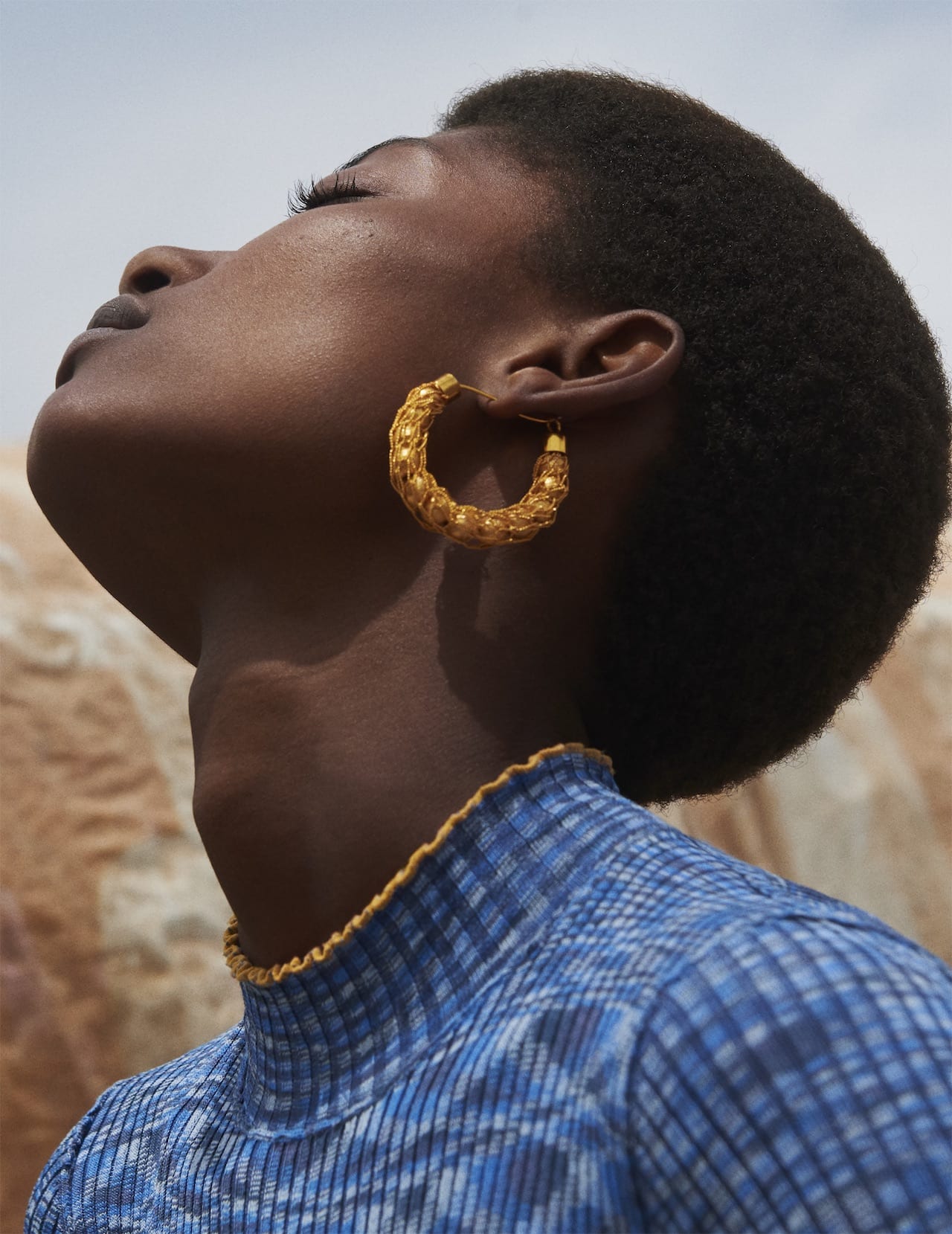
Nataal.com was born in 2015 as a platform to communicate the creativity coming out of Africa. It was launched by Sara Hemming, former art director at AnOther, Helen Jennings, former editor at Arise magazine, and Senegalese actor and director Sy Alassane. Focusing on fashion shoots, long form features and visual essays, Nataal collaborates with emerging artists around the world who are shaping global narratives around African culture.
This year, Nataal published its first annual print magazine, built around the theme “Future Gaze” and containing 336 pages of photography by well-known artists such as Viviane Sassen, Lorenzo Vitturi and Ayana V Jackson, as well as commissions by up-and-coming photographers such as Arielle Bobb-Willis. The photography is accompanied by in-depth editorials covering a range of topics including fashion, visual arts and music, as well as a short story by American-Ghanaian writer Nana Ekua Brew-Hammond, and articles about contemporary African culture and business.
BJP spoke to creative director Sara Hemming and editorial director Helen Jennings about Nataal media and why photography is so integral to their magazine.
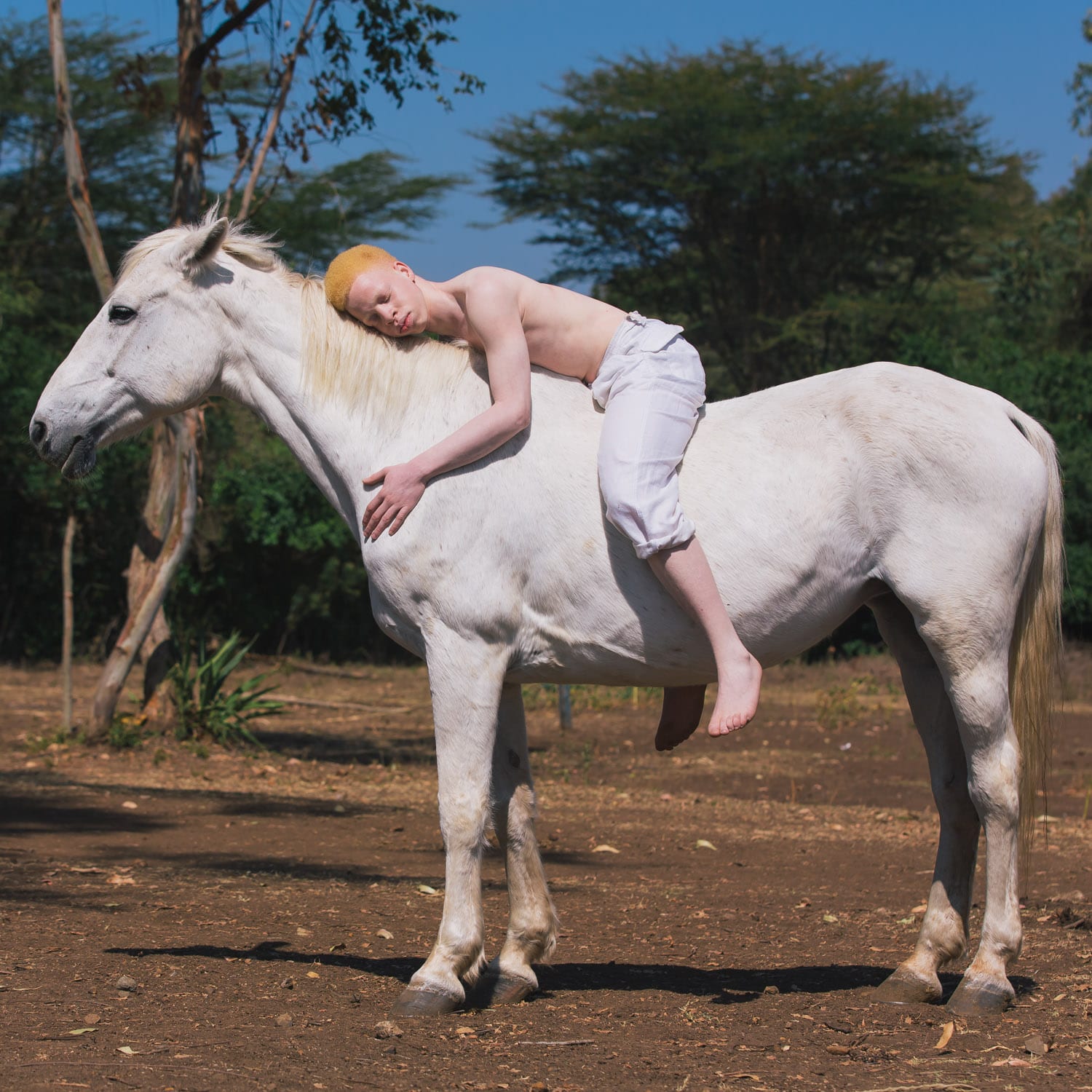
Sarah Waiswa is a Kenya-based documentary and portrait photographer, whose key interests are people and…
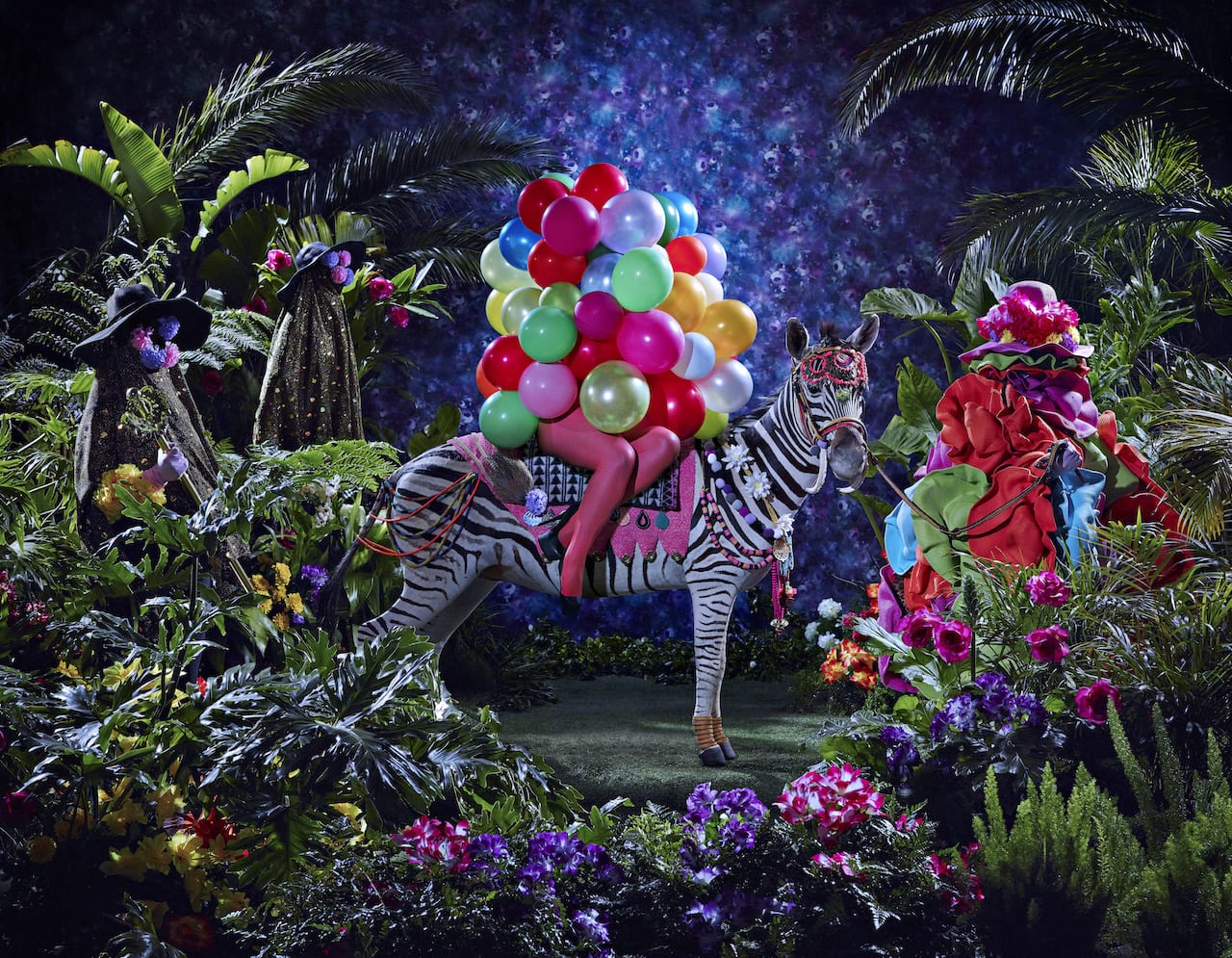
“This is a unique time for African photography,” says curator Ekow Eshun. “There’s a wave of thrilling, artistically ambitious talent emerging across the continent.”
He’s gathered some of the best of it for a new show called Africa State of Mind, opening this week in New Art Exchange – the UK’s largest space devoted to culturally diverse contemporary visual arts. Including artists such has Emmanuele Andrianjafy, Sammy Baloji, and Musa N Nxumalo, the exhibition shows off talent from a new generation of African artists, exploring how they interrogate the idea of ‘Africanness’ in their work, and ‘Africa’ as a psychological as much as a physical space.
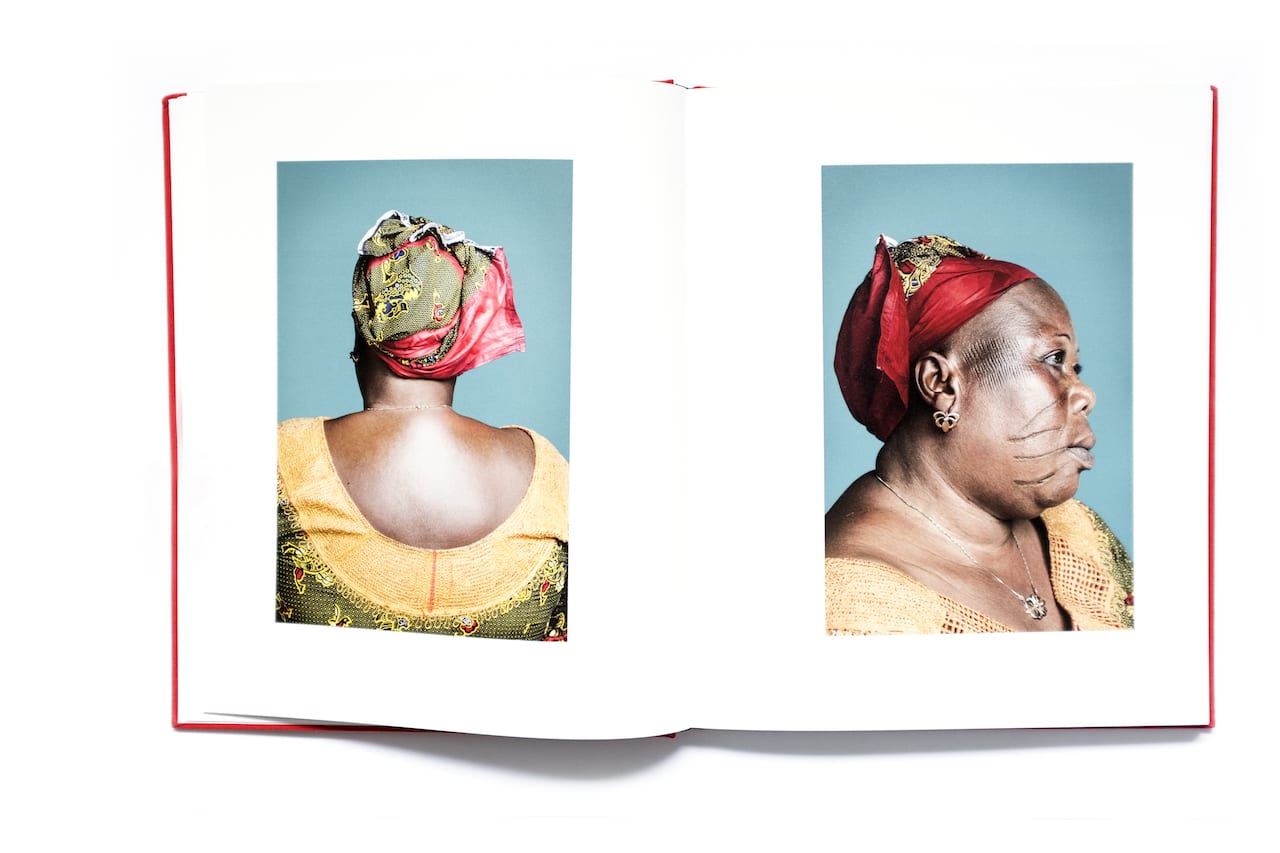
Only a small percentage of the 400 books that Ben Krewinkel has collected and featured on his website, Africa in the Photobook, are actually African. Many are historical publications, political pamphlets, or children’s books, written, photographed, and published by Europeans – including old colonial texts, which seem to obsess over hairstyles and traditions of scarification. Even the books by contemporary African photographers are mostly published in the West. As a collection that covers more than a century from 1897 to 2018, Africa in the Photobook follows the changing visual representations of the continent through the medium of the photobook – and soon it too will be transformed into a series of photobooks.
Krewinkel, a Dutch photographer, curator, and educator, is working with South African publishers Fourthwall Books on this series, and hopes to publish volume I by the end of 2019. Focusing on Africa under colonialism, it will include a long historical introduction, 40 case studies, and plenty of space to show large spreads from the books. Volume II will sketch a path from the beginnings of decolonisation in the 1950s to the late 1990s, marking the end of Apartheid and also the “re-evaluation of African photography”. Krewinkel then hopes to create a third volume, focusing on contemporary African photo books.
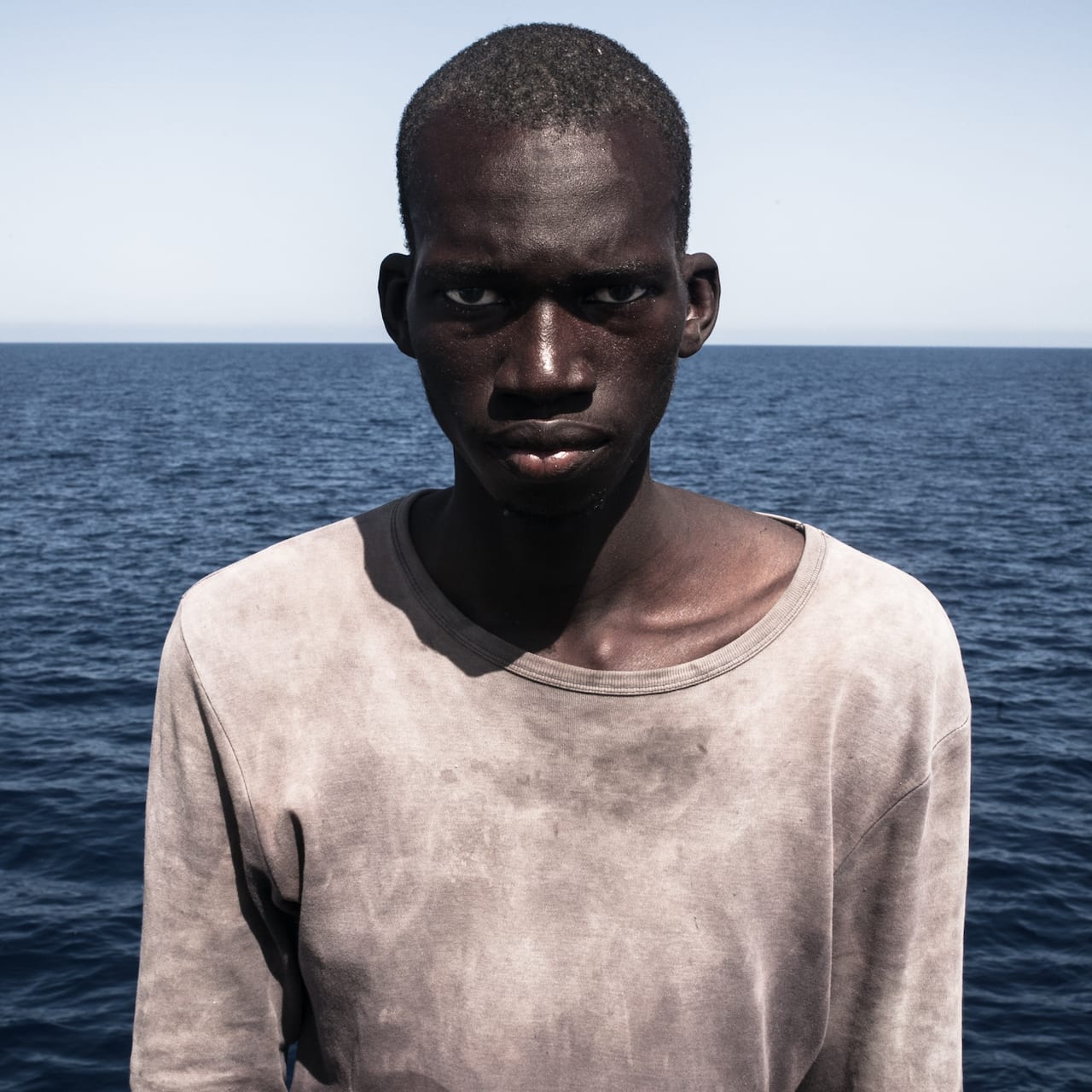
“This image documents a transcendental fact in the life of the person portrayed: Amadou had just been rescued from the sea by a European vessel,” says Dezfuli. “Apparently his dream is fulfilled. However, fear, mistrust and uncertainty are present, as well as determination and strength.” For his series, Passengers, photographer Cesar Dezfuli took a sequence of 118 photographs in 120 minutes as a boat load of refugees were rescued just off the coast of Libya. These people had journeyed from different countries looking for a better future in Europe.
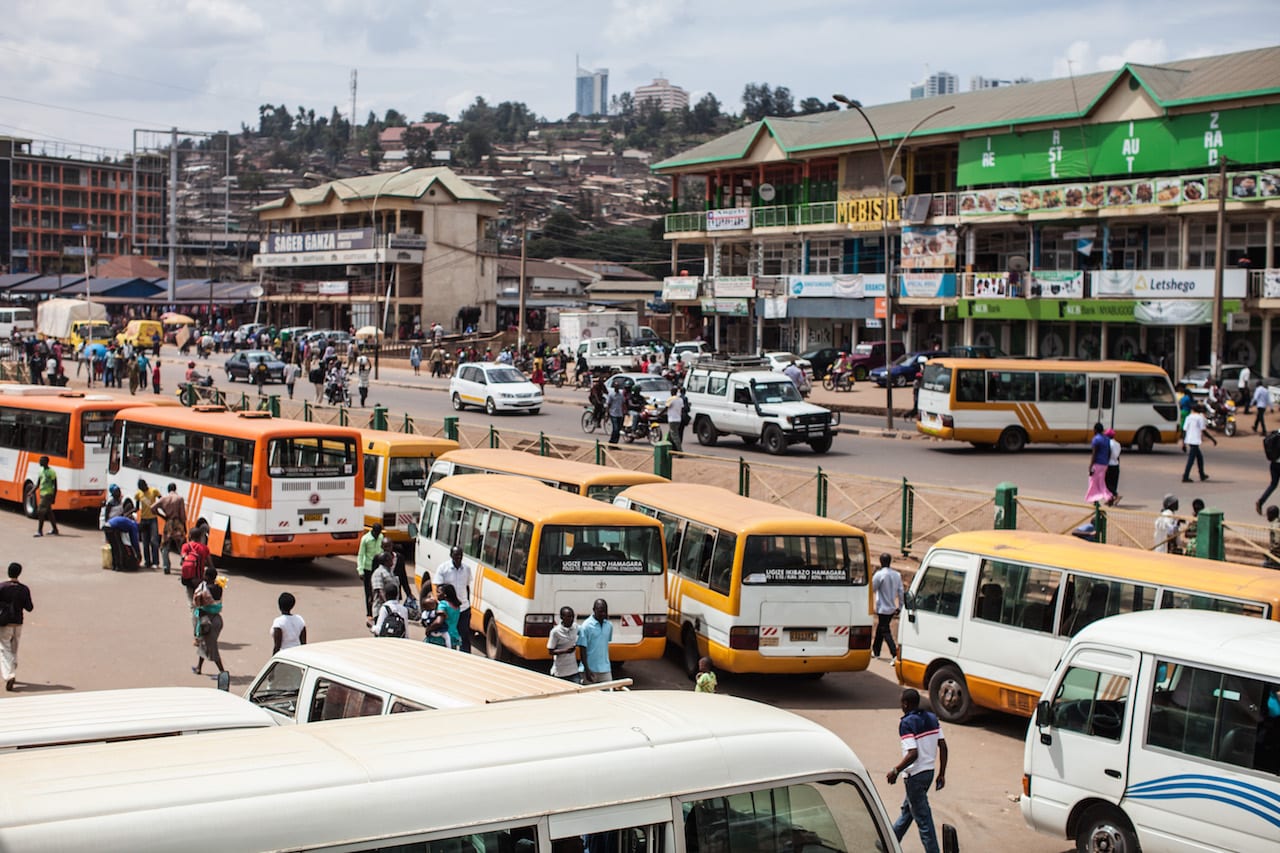
“Rwanda is a country in progress,” says Jacques Nkinzingabo, a photographer born in Rwanda in 1994 – the year of the infamous genocide in which 500,000-1,000,000 Tutsi were killed by the Hutu majority government. “It’s one of the countries with the youngest population in Africa: most of them were born after the genocide,” he continues. “Of course, they have read the news, books, seen images online, but they didn’t experience it. So now they’re building their country. There is a mind-set now that there is no Hutu or Tutsi anymore; everyone is Rwandese. These people want to look beyond the past.”
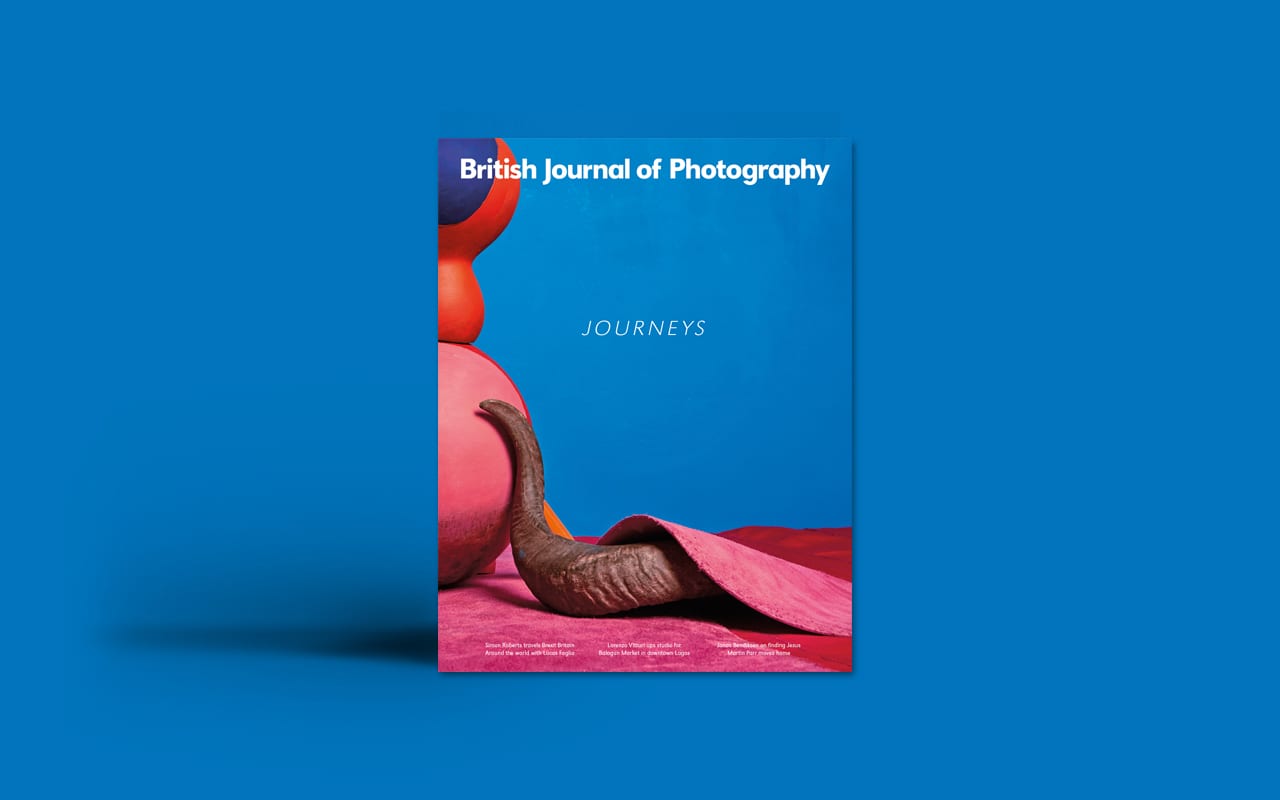
The November issue of BJP takes you on a round the world trip with Journeys. From the markets of Lagos to the search for Jesus across the world, these are more than just trips; these journeys will alter your way of looking at the world.
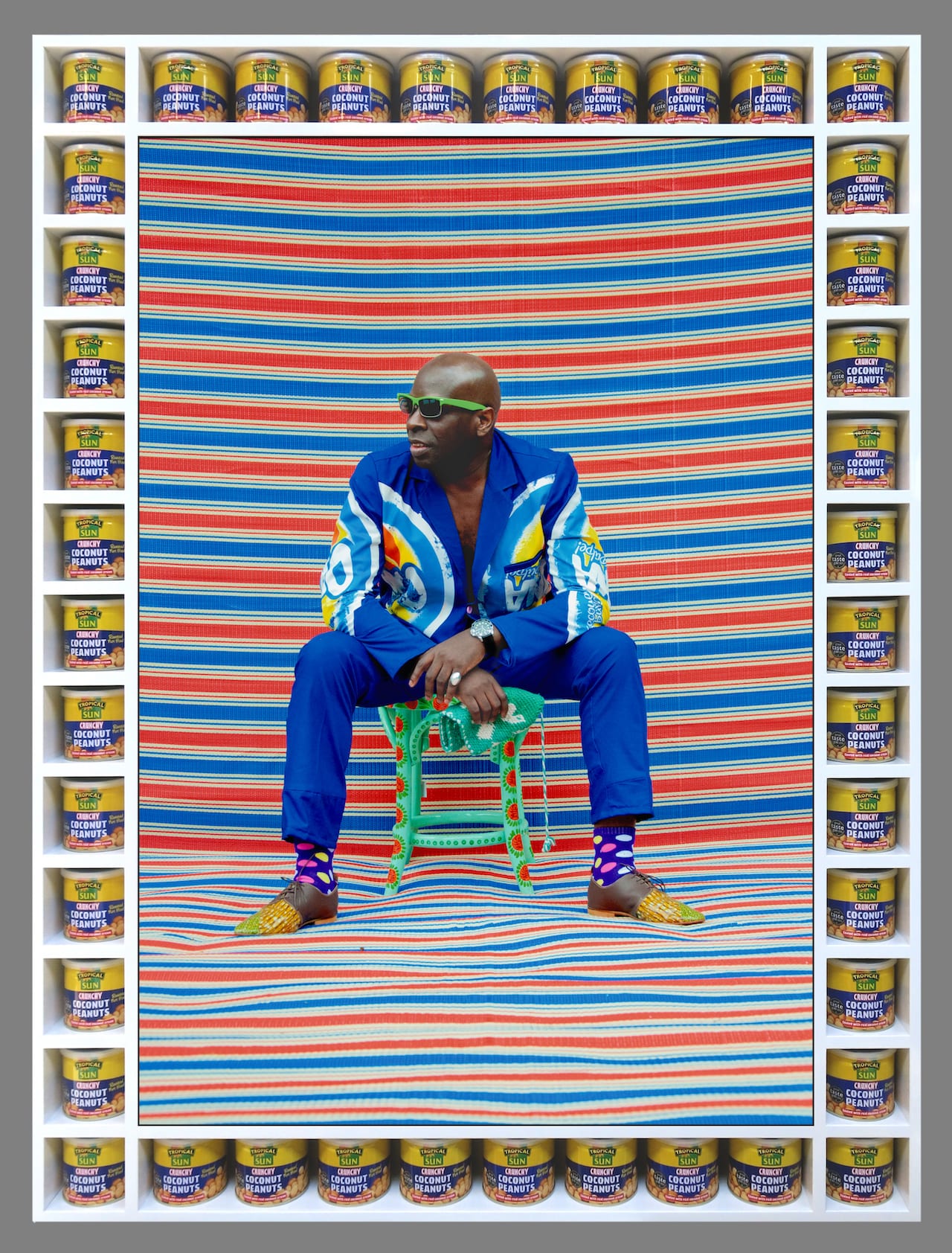
“If you’ve been to Morocco I think you’ll understand that we’re a very colourful country, a colourful people. We see every colour being worn. In Morocco that there is the clash of colours and an attitude not to be scared of colours,” says Hassan Hajjaj. His latest exhibition, La Caravane, is about to launch at Somerset House, the first display for the British-Moroccan photographer in London in seven years. His work reflects on identity and culture, which has featured as a big part of his life and work since moving to the UK from a small port town in Morocco aged just 13.